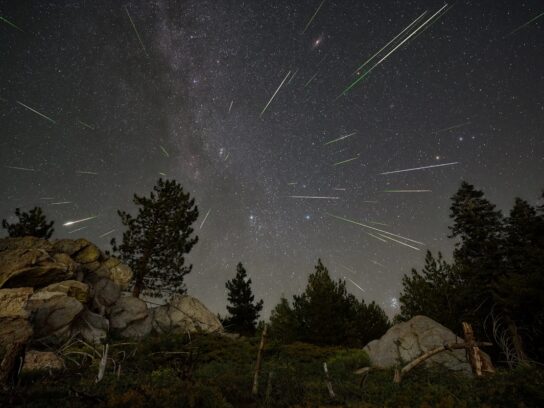
The Perseid meteor shower, one of the most visually striking annual displays of shooting stars, peaked on the night of August 11 into the early hours of August 12.
During the peak, spectators could see up to 100 fireballs per hour, particularly during the optimal viewing hours between midnight and dawn, according to NASA.
The meteor shower occurs each August as Earth passes through the debris stream of Comet Swift-Tuttle, making it a highlight of the astronomical calendar.
Although the peak has passed, more sparse meteors will still be visible until the end of the month. The Perseid meteor shower coincides with the Delta Aquariid meteor shower, which continues until Aug. 21, providing additional opportunities for stargazing in the coming weeks.
Photo NASA/Preston Dyches


Comments are closed.